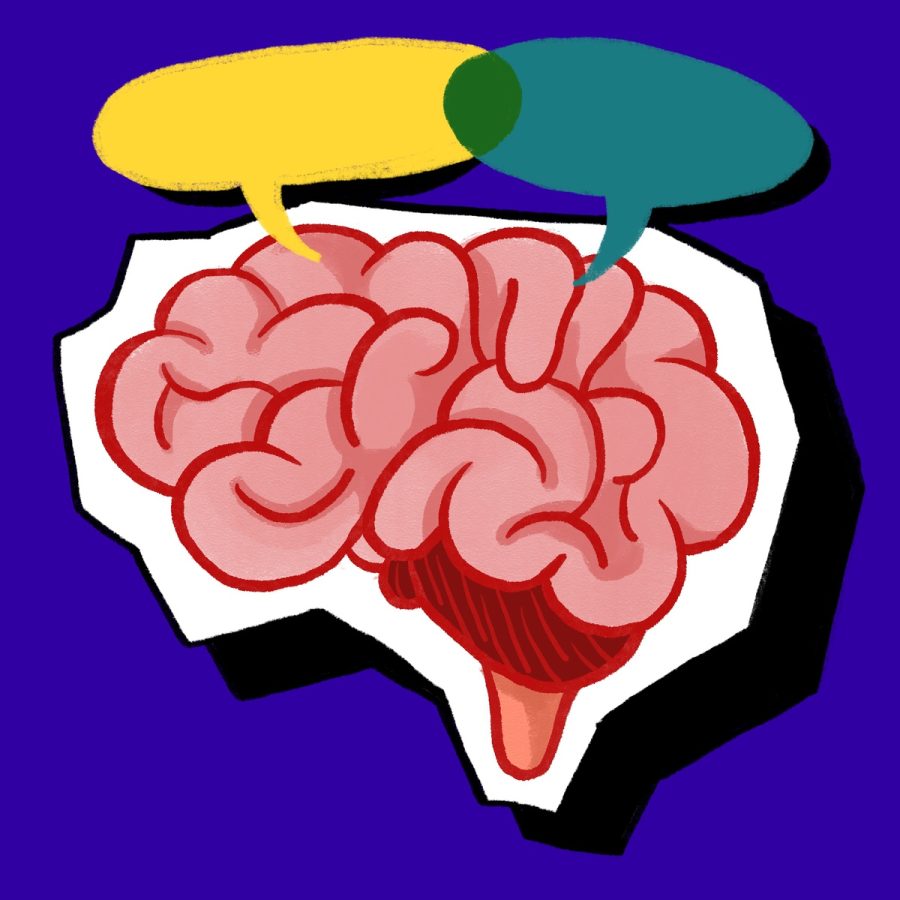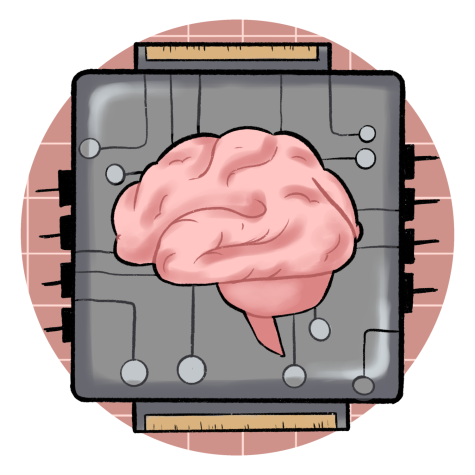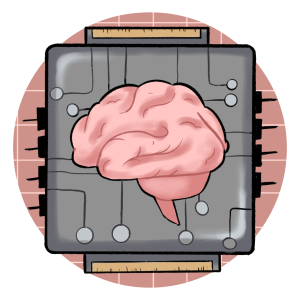UT-Austin study provides more insight into how aging affects episodic memory
August 30, 2022
A study published by UT researchers in the Journal of Cognitive Neuroscience used brain imaging techniques to find that memory fidelity in older adults is lower, despite both younger and older adults being susceptible to overlapping memories, or the retention of old information competing with the processing of new information.
“I was very interested in how older adults’ memory system changes across their lifespan,” said Kyoungeun Lee, the study’s lead author and psychology graduate student. “I thought that we can apply these new methods to the cognitive aging area to see why older adults show more memory errors when they have two different concepts in their mind.”
The study’s main focus was a type of overlapping memory known as proactive interference, which occurs when the retention of old information makes it difficult to process new information, said Audrey Duarte, another one of the study’s authors.
An example of proactive interference is parking your car somewhere that is different from your usual parking spot, and then returning to the spot that you are used to instead of where your car is parked, Lee said.
“My older memory competes with my new memory, and my new memory is quite weak compared with my old memory,” Lee said.
Proactive interference can be especially troublesome in the lives of older adults, said Duarte, a psychology and neurology professor. For example, as people age, they may have to add more medications to their daily routines and it may be difficult to remember when new medicines are introduced to existing schedules, Duarte said.
“You could imagine quite easily mixing it up and then taking medications at the wrong time of day, which can be really dangerous,” Duarte said.
The study examined instances of proactive interference by using encoding-retrieval similarity, or ERS analysis, a technique that measures brain activity when a memory is first encoded, or learned and again when the memory is retrieved.
Participants were presented with pictures of objects that were initially paired with an image of a face and then later with a picture of a scene, or vice versa. After they had encoded the memories, they were asked which image pairing they had seen first.
“What we found is that when those old memories in the brain were really strong, that people are more likely to say, ‘Oh, that’s the one that was most recent,’ which was incorrect,” Duarte said.
Duarte said researchers thought that stronger competition from older memories would be recorded in the neural signals, but the ERS values did not reflect this prediction.
“We don’t think it’s because the wrong memories are really strong for older people. … Our data didn’t support that,” Duarte said. “What it does support is that overall memory is just weaker.”
Lee said that this research can be used to look into the factors that contribute to lower memory fidelity in older adults. She also said ERS analysis, which is still a relatively uncommon tool in aging research, proved to be able to observe the reactivation of specific memories.
“It shows some hope that we can use this kind of new method in the area of cognitive aging research,” Lee said.







